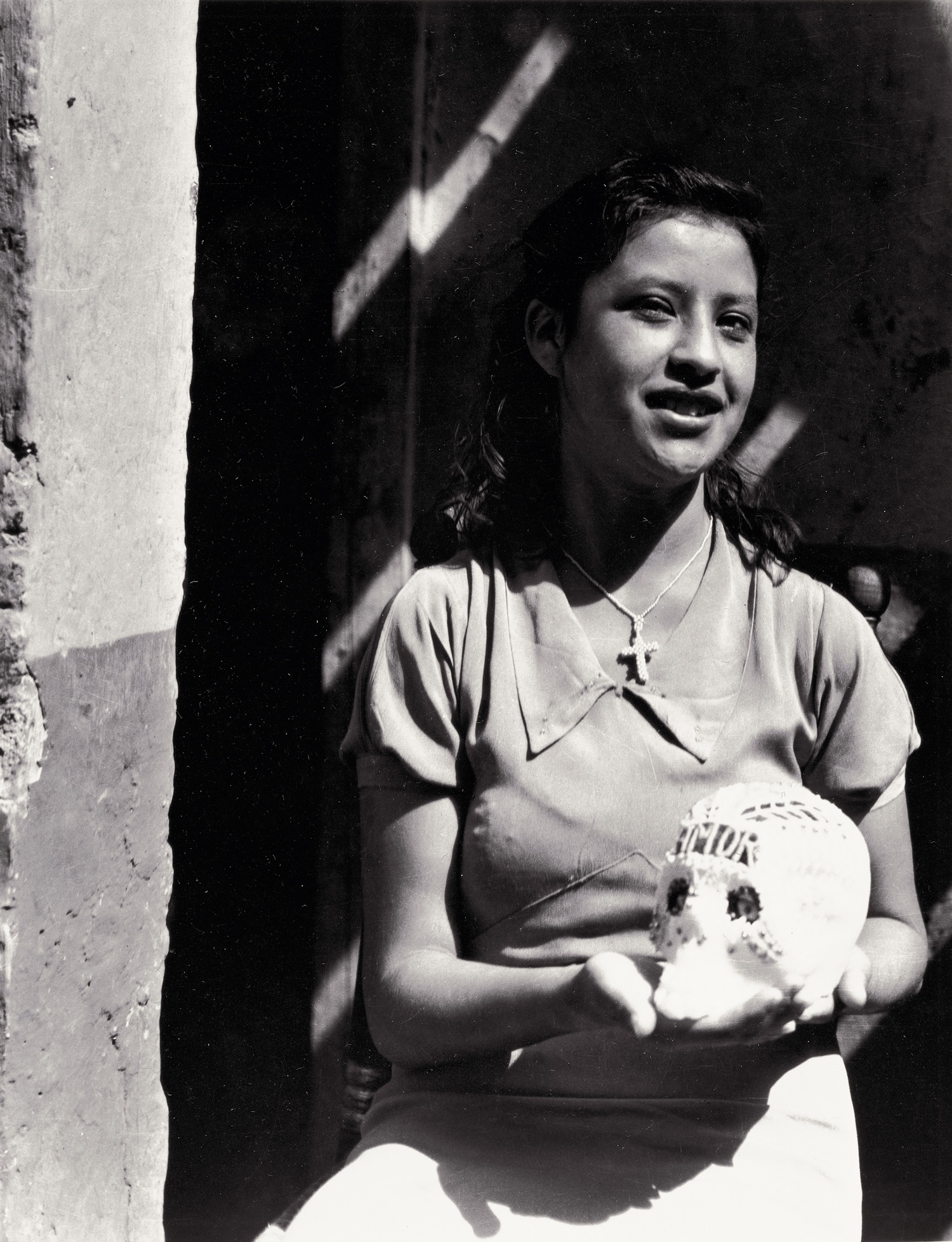Manuel Álvarez Bravo (Mexican, 1902–2002)
The Crouched Ones (Los agachados), 1934
Gelatin silver print
Norton Simon Museum, PH.1971.072
Museum Purchase through the Florence V. Burden Foundation
Manuel Álvarez Bravo once described the role of personal history in his work thus: “Of course it has great influence, but one doesn’t really know how one receives influences. It’s like food. You eat it and then it affects you . . . I am happy to have lived in those streets. There everything was food for my camera, everything had an inherent social content.” Growing up during the Mexican Revolution, when laborers fought for agricultural reforms, Álvarez Bravo was acutely aware of the disparities between wealthy and poor, urban and rural. Like his left-leaning contemporaries, Álvarez Bravo supported the reclamation of Indigenous identity, and he photographed nonindustrialized practices of food and water gathering. He was also interested in urban, working-class experiences—capturing, for instance, six men at a comedor, or eatery, enjoying a moment of leisure in the middle of a workday, and a girl holding a sugar skull during Day of the Dead festivities. This celebration of ancestors held particular significance for Álvarez Bravo, who wrote that eating sugar skulls evoked the “real feeling of Mexican duality . . . the duality of life and death.”

Manuel Álvarez Bravo (Mexican, 1902–2002)
Day of the Dead (Día de Todos Muertos), 1933
Gelatin silver print
Norton Simon Museum, PH.1971.037
Museum Purchase through the Florence V. Burden Foundation
Image Credit: